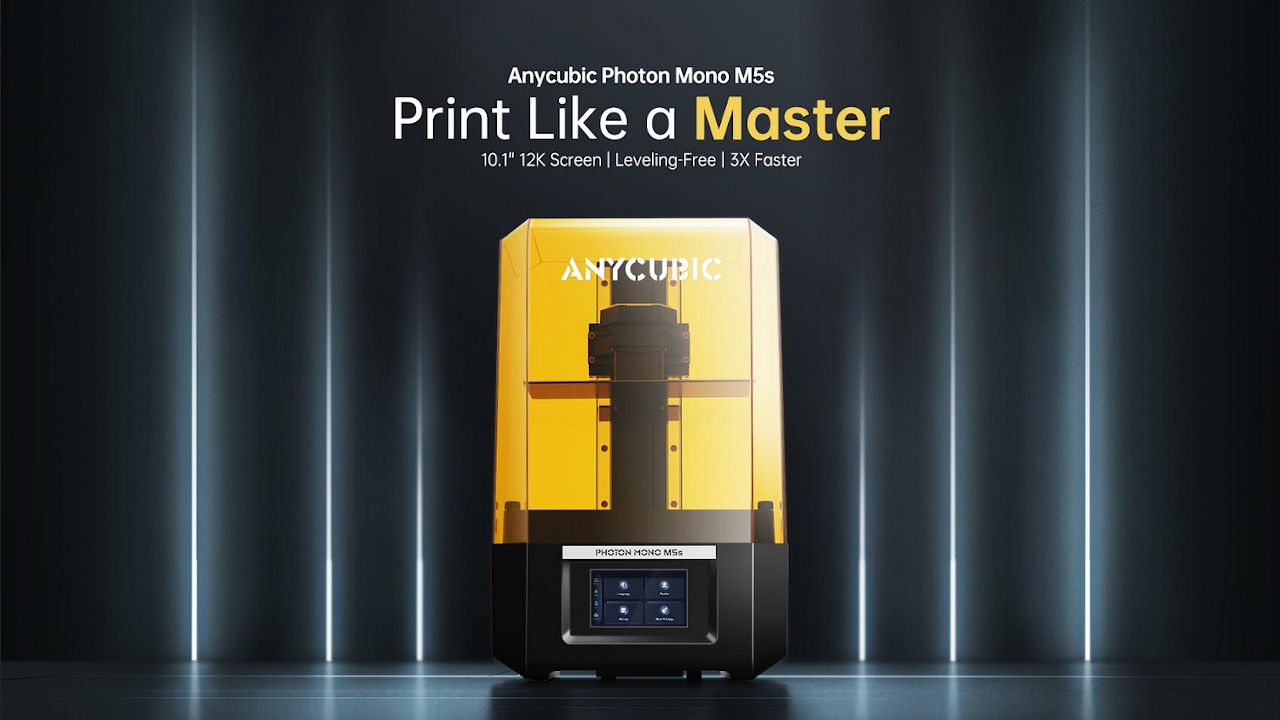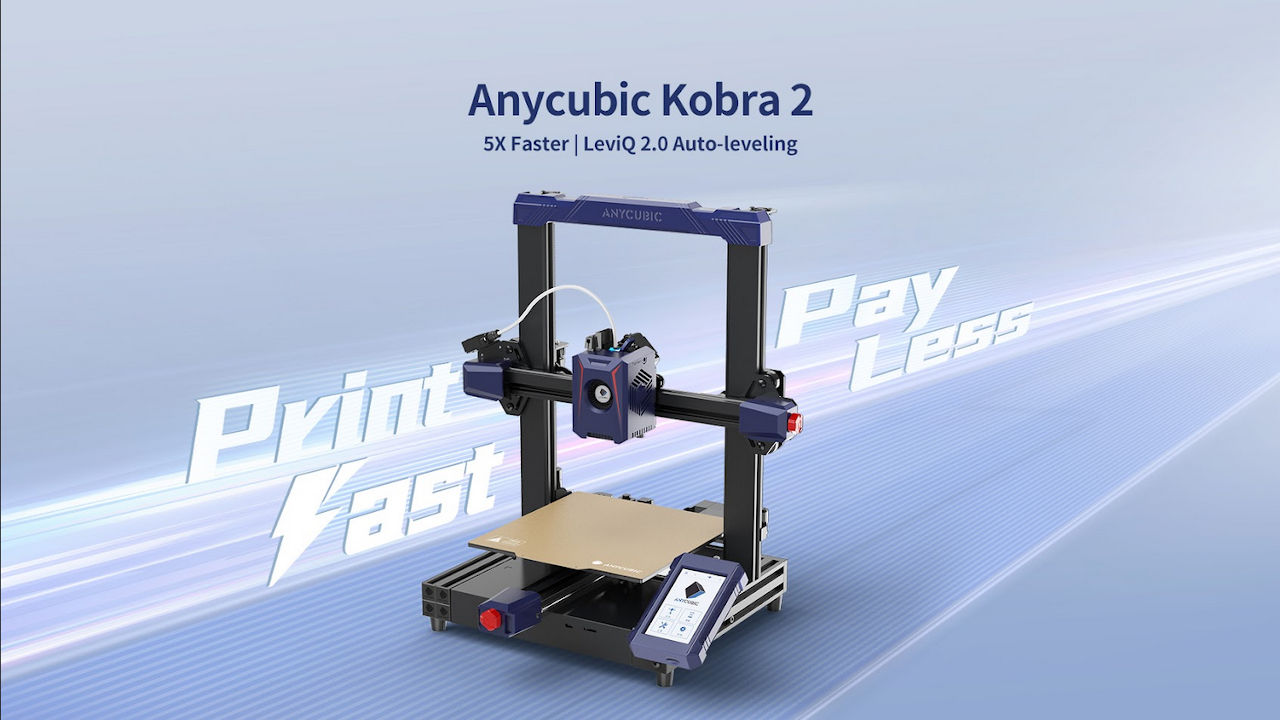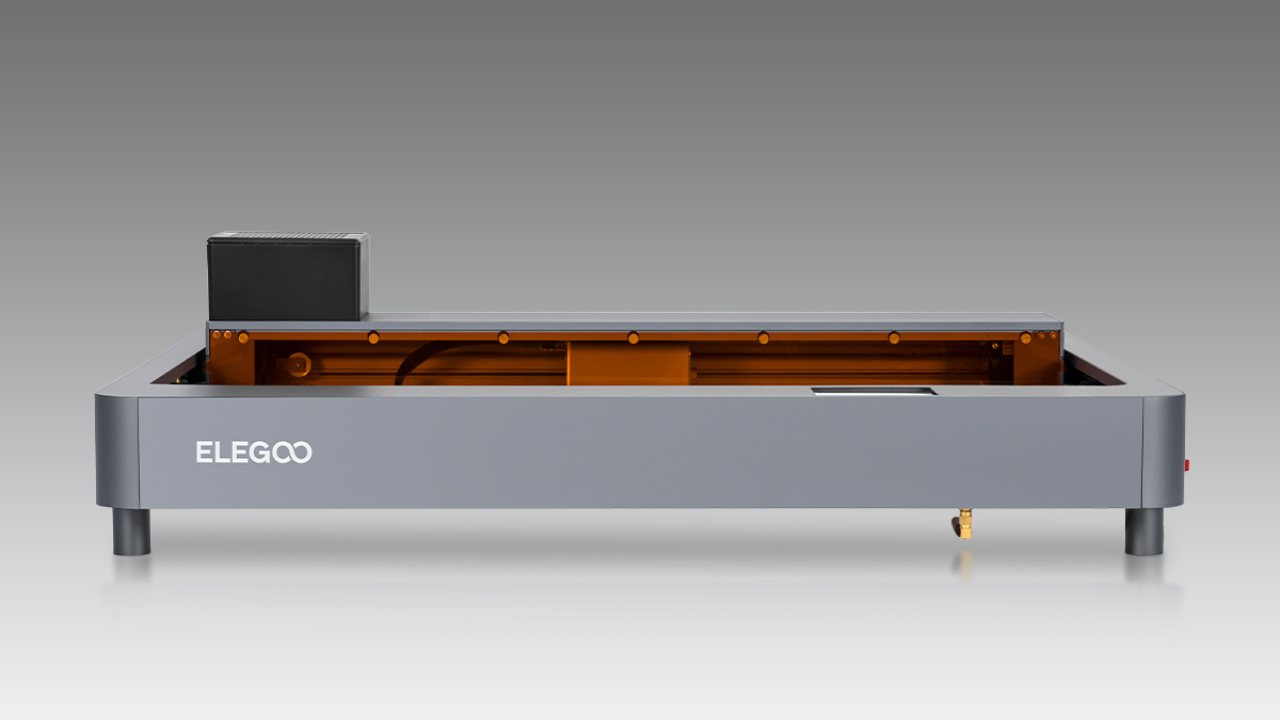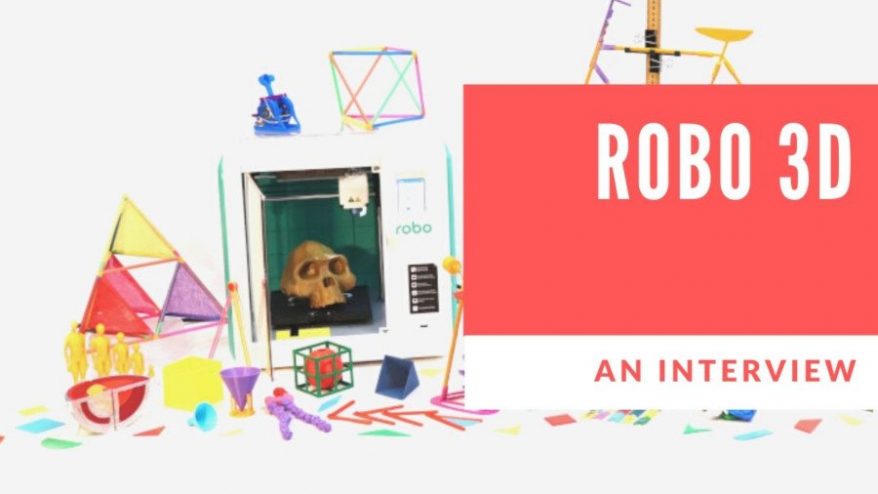
Robo 3D: From Kickstarter to Creating 3D Printers For Education


At 3DSourced we’ve covered everything 3D printing and 3D since 2017. Our team has interviewed the most innovative 3D printing experts, tested and reviewed more than 20 of the most popular 3D printers and 3D scanners to give our honest recommendations, and written more than 500 3D printing guides over the last 5 years.
Robo 3D, like many other desktop 3D printer makers, shot to stardom at the beginning of the last decade. This was when 3D printing optimism was rife, 3D printing stocks surged, and Robo 3D secured $650,000 of investment via Kickstarter. Low cost 3D printers had just started to flood the market, yet the companies behind the printers were still new and unpolished, certainly not corporate.
While many 3D printer companies have since reached billion-dollar valuations, been sold to billion-dollar companies, or just adjusted their communications to sound like a billion-dollar company, Robo 3D remains relatable and personable.
Even Co-Founder Braydon Moreno’s answers to our interview questions are conversational — interspersed with exclamations and the capitalization of letters. This is a rare interview where you do not feel like you’re being sold to, or talked at — a conversation, not a pitch.
Robo 3D Co-Founder Braydon Moreno: on what goes into creating a new 3D printer, 3D printing in STEM education, and MyStemKits
It makes perfect sense that while Makerbot and Ultimaker have moved towards a more industrial consumer with their Method and S5 printers respectively, that Robo 3D have doubled down on education 3D printers. What area could possibly be more suited to a 3D printer brand that emanates fun, friendliness and creativity?
Intrigued, we spoke to Co-Founder Braydon Moreno about Robo 3D’s plans for the future, their education printers, innovation process and their recent acquisition of MyStemKits, a company focused on utilizing 3D printing for STEM education.
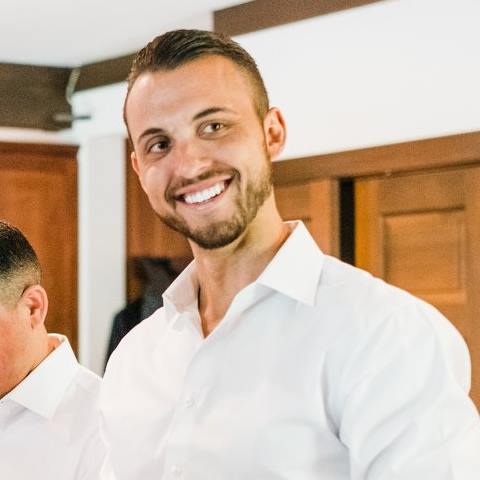
How did Robo 3D come about originally? What unique problems were you trying to help solve?
Robo started on a dining room table in San Diego, CA. We initially built a 3D printer for makers and creators at home. We wanted it to be affordable, easy to customize, and flat out cool. We launched it in 2013 on Kickstarter hoping to raise about $40k in preorders for the product. When we ended up raising $650k, we realized we were onto something.
The Robo R1+ is still a machine greatly loved by so many maker movement and we have made countless improvements on it, but our goal was always to create a machine that you felt a love for, could customize, and could really make it your own.
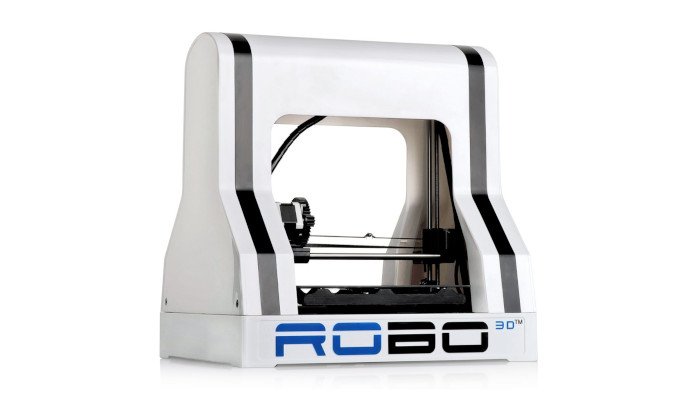
Since being founded, Robo 3D have created some really highly-rated desktop 3D printers. What goes into the R&D process for each new model, and how long does it take to perfect? What challenges have you faced along the way?
Making a new 3D printer is something we were excited about even after launching our first generation 3D printer. We knew when we came out with the Robo C2 and Robo R2, they had take it up a notch. We had to make a machine that would work at home, in schools, or at a business. A 3D printer that turned on, lit up, and was easy to function.
When you are building a machine of that caliber, you have to almost reverse engineer it. What type of things would the ideal users need? How do we want them to interact with this machine? What do we want to limit them on so that we can just expedite them to actually printing an object the quickest way? These were all questions we had to answer.
Then into the design phase, it was all about creating a machine that had style – one that didn’t look like a box necessarily, but had some curvature to it, and looked great into any type of environment. A machine that someone would be “proud to own.” All this comes into play in the design process. We went through 10 different styles of curves on it and damn near drove ourselves crazy until we picked the one that ended up being the Robo C2 and Robo R2.
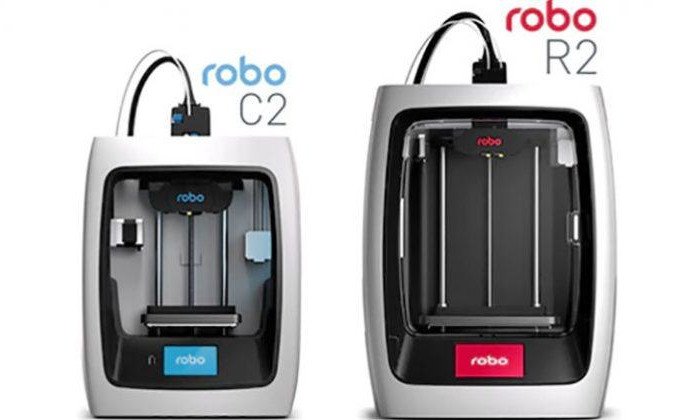
The toughest challenges were just getting the entire vision to come to life 100% how we had planned. We did have some challenges with shipping and some other minor problems with the software, but you just work through it. You make it better, and improve batch over batch until it gets to where you want it to be. It was an amazing learning experience.
And now, with the Robo E3, we have a very turnkey simple 3D printer that just works. And integrates with our 300+ lesson 3D printable STEM curriculum so schools have the opportunity to use 3D printers to actually TEACH in the classroom.
Recently you’ve acquired MyStemKits to offer your printers as packages geared towards education. What in particular motivated that move towards education? Just how important do you think 3D printing can be in education and in schools in the near future?
We came to a point where the market for consumers and business was flooded with too many players and we decided we needed to make a shift. We knew when we went to education shows that schools were buying 3D printers in groves, but then they ended up sitting in the back of the classroom collecting dust.
We realized that there was a huge opportunity in the space to develop a full turn key 3D printing solution for schools so when we found MyStemKits, we knew that with that platform and the Robo E3, we could really build something incredible. Now our program includes the Robo E3 3D printer, an extended 2 year warranty, spare parts pack, 2 hours training and certification online, and access to the MyStemKits 3D printable STEM curriculum and design challenges. All for only $999.99. It’s a KILLER DEAL and really is working within schools.
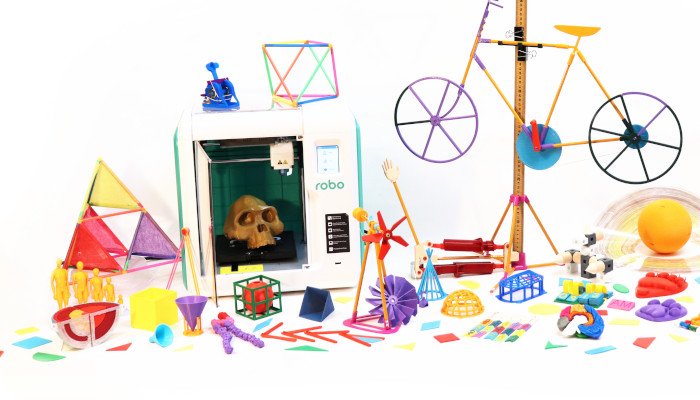
Are there any particular cases in which you’ve found 3D printing in STEM teaching has made a big impact?
Of course. My favorite story is a teacher named Shelley Emslie, who teaches 5th grade in Big Fork Montana. Big Fork is a town of only 5,000 people and Shelley took the approach that she wanted her students to think outside of a small town mentality and realize they could make a difference in the world.
So she decided to take her 5th grade class, connect them with coral reef scientists and marine biologist, and 3D design and 3D print artificial coral reefs (which happen to be dying across the globe in massive numbers). The impact that this has had on her 5th grade class has been incredible. They are discovering that the problem with coral reefs dying and designing solutions to help sustain and promote coral reef growth within the ocean. It’s fascinating and inspiring.
Are there any other interesting projects going on at Robo 3D you’d like to let us know about?
Robo always has interesting things going on haha but the main thing right now is just really adding amazing content to the MyStemKits platform, enabling teachers to do MORE with 3D printing in the classroom, and in schools libraries and maker-spaces. We want the 3D printer to be a foundational tool used within schools to enhance all types of products, including other STEM products so that is where our focus and attention have been placed.

